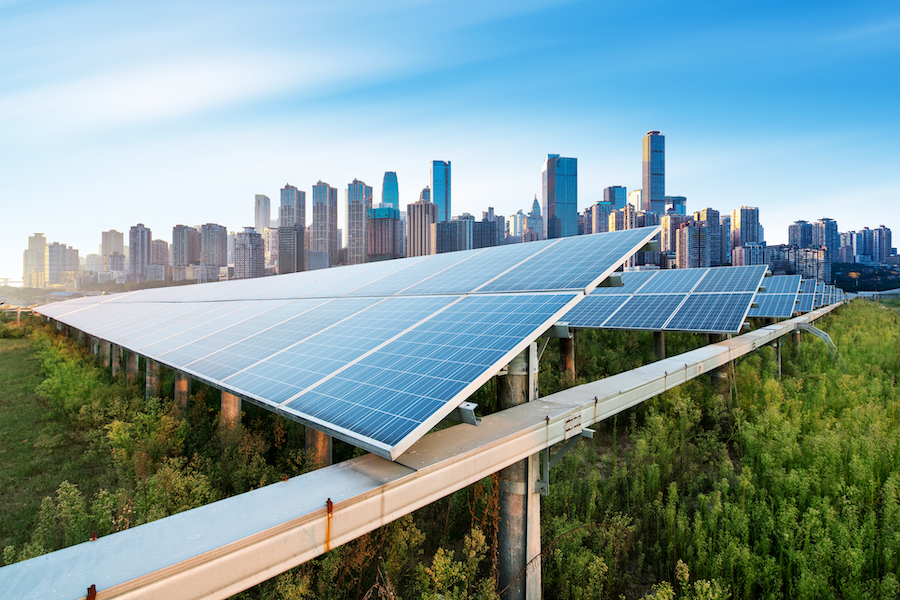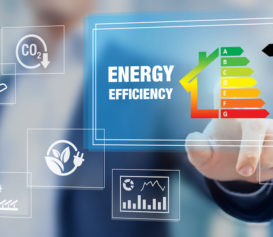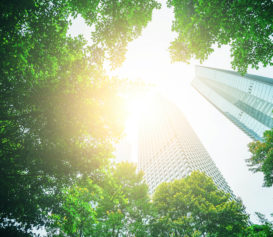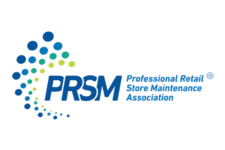On November 10th, SiteCompli hosted a webinar with Marc Zuluaga, Co-Founder of Cadence OneFive, former CEO of Steven Winter Associates, and sustainability expert, to discuss Local Law 97 and the aftermath of the new rules.
With buildings driving 75% of the city’s carbon emissions and the city hitting record emissions, the DOB is looking to enforce carbon caps with strict limits and big fines. Here’s more about the new law and how your team can be proactive:
Local Law 97 is an initiative to reduce gas emissions in New York City, with similar rulings being enacted across the United States. Under the new rules, most buildings over 25,000 square feet must meet new energy efficiency standards and comply with greenhouse gas emission limits by 2024, with stricter enforcements coming by 2030. The purpose of the new rules is to push towards a 40% decrease in city emissions by 2030 and 80% by 2050.
Highlights of Recent LL97 Rule Making
- The State of NY’s State Grid: “Cleaning the grid” in New York State may have a huge impact on what property management teams can expect when it comes to complying with Local Law 97. Per the Urban Green Council, “The grid is now more important than ever to buildings in NYC: the emissions caps in Local Law 97 will soon make building owners accountable for carbon emissions from electricity use.” That said, experts predict a 50% cleaner grid by 2030, with different factors like upstate transmission lines and regulations coming into play.
- Certainty about 2030 carbon caps for buildings – The new rules give specific details on the carbon caps (emissions limits) buildings will be required to comply with. These are based on property size, makeup, type, and more. By 2024 roughly 1/4 of buildings will be over their cap, and roughly 3/4 buildings will hit this by 2030 if no changes are made. That means if no work is done, it’s possible that 25% of city properties will be open to huge fines in 2024, with that number surging to 75% in 2030. With the potential for massive fines coming in just one year, there is no time to waste when it comes to complying with these rules.
- Prescriptive List – Specific buildings (affordable housing and others, as outlined here), must comply with a prescriptive list of changes and updates before the end of 2024. These include installing heating system sensors and boiler controls, installing temperature controls and radiators, insulating heating and hot water piping, relating or repairing steam traps, installing or upgrading steam system master venting, upgrading lighting, and weatherizing and air sealing units. Click here to see the full list.
What’s Next? Gaps the City Needs to Fill In
- A public hearing on the new Local Law 97 rules was held on November 14, 2022. As with other NYC regulations, this means the rules are not yet adopted, and finalized rules are soon to come. Additionally, the city will be able to move forward with clarifying the next set of rules. Core elements of this are expected to be finalized and put into place by early 2023.
- Develop prescriptive list details for affordable and rent stabilized housing. Per the above, by the end of 2024, buildings with more than 35% affordable units will be required to make prescriptive changes. The preliminary list can be viewed here; however we expect the city to provide more detail on compliance by early 2023. Although the changes won’t be finalized for a few months, getting organized and preparing for these changes will help your team be successful in the coming year. If you have any questions on whether your properties will be required to complete the prescriptive list, check out this diagram from HPD.
- “Good faith effort” must be defined. As it currently stands, LL97 says, “an extension may be granted where the owner is unable to file the certified report by the scheduled due dates despite such owner’s good faith efforts, as documented in such application. An extension granted pursuant to this section shall not modify the owner’s obligation to comply with the applicable emission limit for such calendar year.” The circumstances that constitute grounds for putting in the effort but failing to comply with dates need to be defined.
Webinar Highlight: Understanding Consumption
During the webinar, Marc broke down the typical energy breakdown per building. Your carbon footprint is determined by fossil fuel emissions, which are from gas and oil use in your buildings. According to the Building Energy Exchange, here is the typical energy breakdown in multi-family buildings:
- 60% driven by heat
- 25% by hot water
- 5% common area electricity
- 2% cooking and laundry
- 6% lighting, appliance, plugs
- 2% cooling
Knowing where your building’s energy is being expended is important to limiting wasteful consumption. On a larger scale, these energy consumption trends and data help lawmakers and sustainability experts better understand where to prioritize the development of green initiatives in the future.
Takeaways
Local Law 97 is a big deal – being proactive now is critical because these dates are right around the corner, and inaction will be costly.
Our advice:
- Know exactly how this law impacts your buildings. This rule has different deadlines and requirements based on building size, type, and makeup, and it’s critical to get things right and avoid outsized fines.
- Take advantage of rebates that align with your goals while they’re available. There is $5B federal and local rebate potential, but it’s first come first serve. Talk to your sustainability experts and see what’s right for your team and your portfolio.
- Remember that compliance may look different for each of your buildings, so connect with expert consultants to better understand what Local Law 97 looks like for each of your properties.
For more information about city emission limits and if Local Law 97 rules impact your buildings, check out the Greenhouse Gas Emission Reporting page on the NYC Building’s web page. To get in touch with Marc, email mark@c15.io and with any question for our team, reach out to support@sitecompli.com.
You can also check out the highlights reel from our webinar below, and click here to watch the full webinar on-demand!




